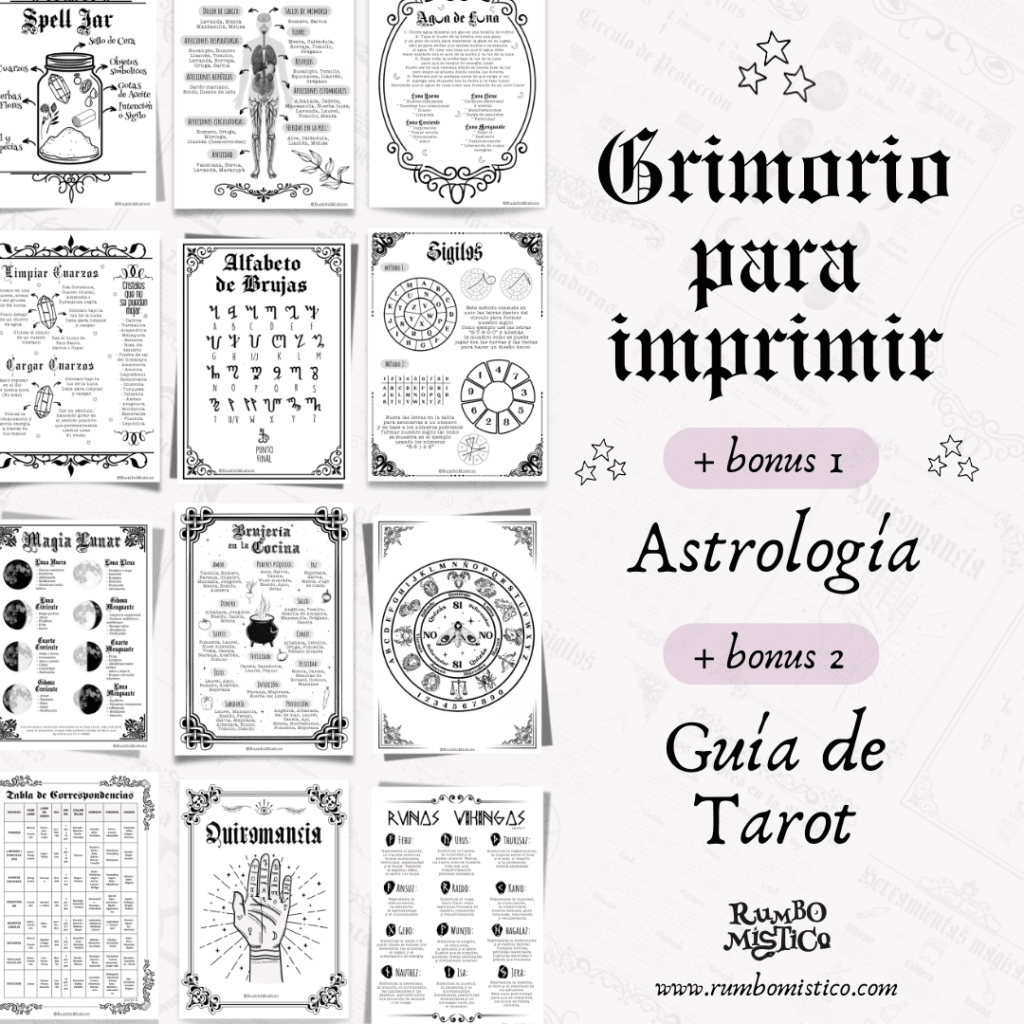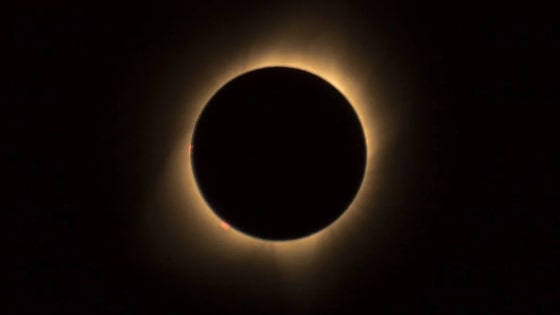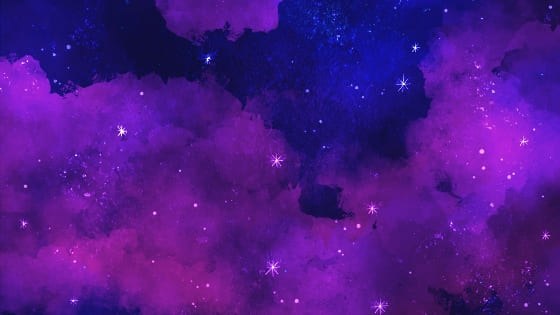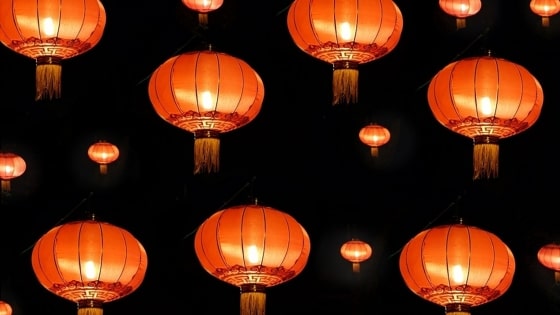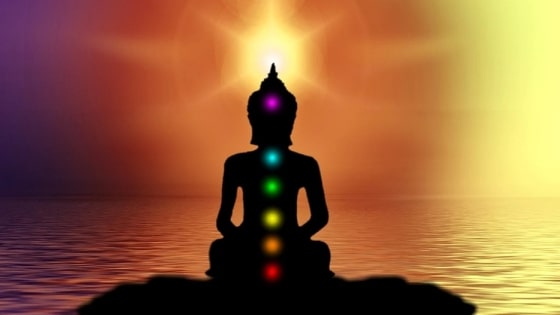Moon
The phases of the moon and the lunar cycle
The Moon is a natural satellite of the Earth, and the regular cycle of its phases influences human behavior, predicts events, and has been studied since ancient times. It has been proven that the Moon’s gravitational influence causes tides and extends the length of the days.
The Moon takes 27.5 days to complete a full orbit around the Earth (sidereal revolution) and 29.5 days (synodic revolution), which is why it is linked to the menstrual cycle of women.
Its phases emit different energies depending on the Moon’s position relative to the Sun and the Earth.
An important fact is that the way the Moon appears depends on the Hemisphere we are in; the Waning and Waxing phases vary from one Hemisphere to another. An easy way to distinguish them is that the Waxing Moon looks like a “C” in the Southern Hemisphere, while in the Northern Hemisphere it looks like a “D.” However, it is important to clarify that when the Moon is in the Waxing phase, it is so in both Hemispheres, with only the shape differing visually.
Read Lunar magic
1. New Moon
During this phase, the Moon is very dark because it is positioned between the Earth and the Sun. The Sun illuminates the side of the Moon we do not see, which is why only a shadow can be seen. This phase is the same in both Hemispheres.
It corresponds to new beginnings, and it is recommended to visualize and organize your thoughts to renew yourself.
2. Waxing Crescent
Three days after the New Moon, a small portion of the Moon becomes visible, mostly during the day and a little at night. In the Northern Hemisphere, it appears on the right side; in the Southern Hemisphere, on the left.
This phase is ideal for manifesting intentions and desires to send them out into the universe.
3. First Quarter
In this phase, half of the Moon’s visible face is illuminated by the Sun. In the Northern Hemisphere, the right side is lit, and in the Southern Hemisphere, the left side.
This stage is favorable for taking action and facing difficulties in order to move forward.
4. Waxing Gibbous
After the First Quarter phase, where the Moon had a straight edge, comes the Waxing Gibbous Moon, which takes on a convex shape with both illuminated sectors. In the Northern Hemisphere, the illuminated curve is seen on the left side; in the Southern Hemisphere, it appears on the right.
This cycle supports cleansing and is ideal for purifying the body and mind.
5. Full Moon
During this phase, the Moon is fully illuminated, forming a radiant circle. The Sun and Moon are perfectly aligned, with the Earth in between. This stage is the same in both Hemispheres.
It is a time to harvest what has been manifested in the previous lunar phases.
6. Waning Gibbous
After the Full Moon, the illuminated part of the Moon begins to decrease, taking the shape of a Gibbous again, but now in its waning cycle. In the Northern Hemisphere, the lighted area is on the left side, and in the Southern Hemisphere, on the right.
This is a time for reflection. It’s a moment to meditate, examine your inner self, think of new goals, and be grateful for what you have achieved.
7. Last Quarter
This phase is the opposite of the First Quarter. Half of the Moon’s visible face is illuminated by the Sun, but in the Northern Hemisphere, the left side is lit, and in the Southern Hemisphere, the right side.
This cycle is favorable for letting go of things that harm us, abandoning bad habits, and releasing people who bring negative energy.
8. Waning Crescent
This phase is the opposite of the Waxing Crescent. A small portion of the Moon is visible, mostly just before dawn, before the Sun sets. In the Northern Hemisphere, it is seen on the left side, and in the Southern Hemisphere, on the right.
This marks the end of a cycle. It is recommended to rest, recover, and reflect because when one cycle ends, another begins.
